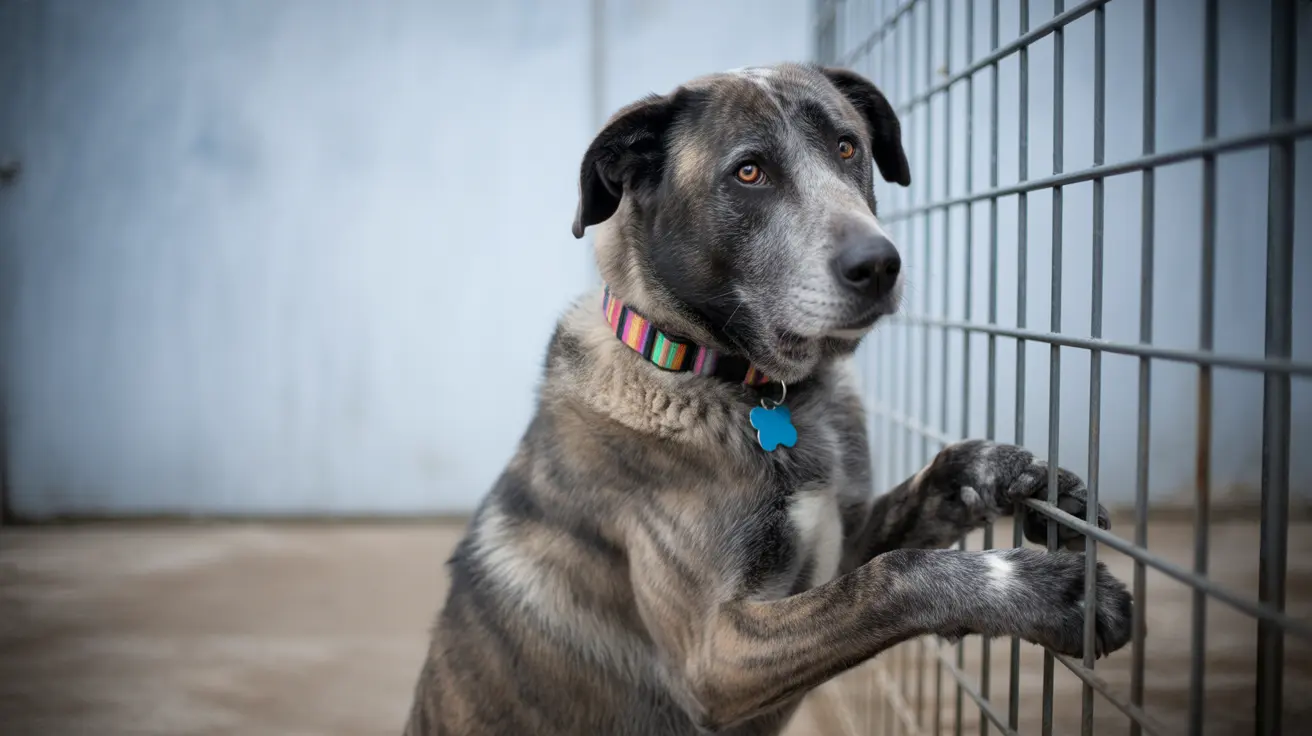When a cat's larynx (voice box) is affected by disease, it can lead to significant health complications and distressing symptoms. Laryngeal disease in cats encompasses various conditions that can impact their ability to breathe, vocalize, and eat normally. Understanding these conditions is crucial for cat owners to ensure prompt veterinary intervention when needed.
This comprehensive guide explores the various aspects of laryngeal disease in cats, from common causes and symptoms to diagnosis and treatment options, helping you better understand this complex health issue.
Understanding the Cat's Larynx and Its Function
The larynx serves as a vital organ in cats, acting as both the voice box and a protective gateway to the respiratory system. Located at the entrance of the trachea, this complex structure consists of cartilage, muscles, and specialized tissues that work together to facilitate breathing and vocalization while preventing food and liquids from entering the lungs.
Common Types of Laryngeal Disease
Inflammatory Conditions
Laryngitis, or inflammation of the larynx, is often caused by viral infections, bacterial infections, or exposure to irritants. This condition can cause temporary voice changes and breathing difficulties.
Laryngeal Paralysis
This serious condition occurs when the muscles controlling the larynx become weakened or paralyzed, making it difficult for cats to breathe properly. It can be particularly dangerous during physical activity or in hot weather.
Tumors and Masses
Both benign and malignant growths can affect the larynx, with lymphoma being particularly common in cats. These masses can obstruct airways and affect normal laryngeal function.
Recognizing the Signs of Laryngeal Disease
Early detection of laryngeal issues is crucial for successful treatment. Watch for these common symptoms:
- Changes in vocalization or loss of voice
- Noisy breathing or stridor
- Difficulty breathing, especially during exercise
- Persistent coughing
- Difficulty swallowing
- Reduced appetite
- Open-mouth breathing
Diagnosis and Treatment Approaches
Diagnostic Methods
Veterinarians use various techniques to diagnose laryngeal disease, including:
- Physical examination
- Laryngoscopy
- Blood tests
- Imaging studies (X-rays, CT scans)
- Biopsy (if masses are present)
Treatment Options
Treatment varies depending on the underlying cause and may include:
- Anti-inflammatory medications
- Antibiotics for bacterial infections
- Surgery for severe cases or tumor removal
- Supportive care and environmental modifications
- Emergency procedures in cases of severe breathing difficulty
Prevention and Long-term Management
While not all laryngeal diseases can be prevented, certain measures can help reduce risks and manage existing conditions:
- Regular veterinary check-ups
- Maintaining a healthy weight
- Avoiding exposure to irritants like smoke
- Proper vaccination against common respiratory infections
- Stress reduction strategies
Frequently Asked Questions
What are the common causes and symptoms of laryngeal disease in cats?
Common causes include infections, trauma, tumors, and nerve damage. Symptoms typically include changes in vocalization, noisy breathing, coughing, and difficulty swallowing.
How is laryngitis diagnosed and treated in cats?
Diagnosis involves physical examination, imaging studies, and possibly laryngoscopy. Treatment depends on the cause but may include medications, surgery, or supportive care.
What are the differences between laryngeal paralysis and laryngitis in cats?
Laryngitis is inflammation of the larynx, usually temporary and treatable with medication. Laryngeal paralysis involves muscle weakness or paralysis, often requiring surgical intervention.
How can I prevent and manage laryngeal disorders in my cat?
Prevention includes regular vet check-ups, maintaining a healthy weight, avoiding irritants, and prompt attention to respiratory symptoms.
What are the typical treatment options for laryngeal paralysis in cats?
Treatment options include surgical procedures like tie-back surgery, medication for symptom management, and lifestyle modifications to reduce respiratory stress.
Remember, any persistent changes in your cat's breathing or vocalization warrant immediate veterinary attention, as early intervention often leads to better outcomes in cases of laryngeal disease.






